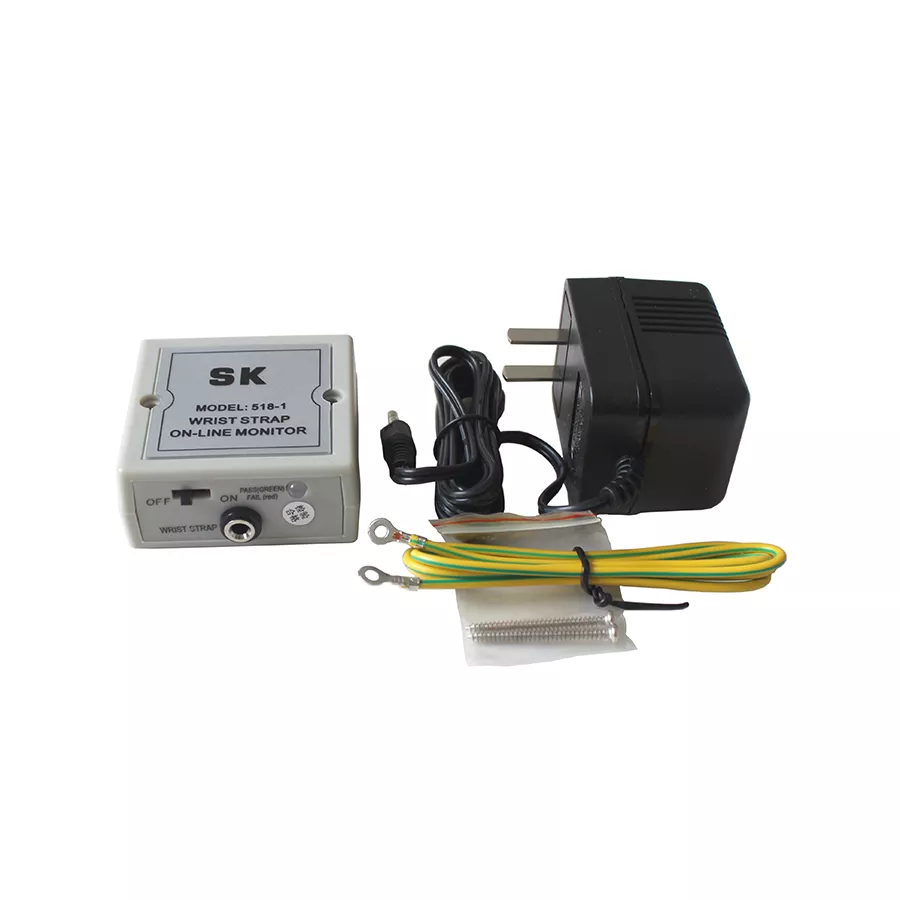
ESD testing equipment refers to devices and instruments used to assess and measure electrostatic discharge (ESD) phenomena and the performance of ESD protection measures. ESD testing is vital in various industries, particularly in electronics, where sensitive components and devices can be easily damaged by electrostatic discharge. Here are some common types of ESD testing equipment:
- Wrist strap continuous monitors: These are devices used to monitor the electrical resistance of ESD wrist straps worn by workers. The monitor provides a warning if the resistance of the wrist strap exceeds a set threshold, indicating that the strap is no longer providing effective ESD protection.
- Surface resistance testers: These are devices used to measure the surface resistance of materials, such as ESD flooring, work surfaces, and packaging materials. Surface resistance testers help ensure that materials used in ESD control programs meet the required electrical resistance standards.
- ESD general-purpose testers: These are devices used to test ESD control products, such as wrist straps, heel straps, and ESD flooring. ESD general-purpose testers provide a quick and easy way to ensure that ESD control products are functioning properly.
- Wrist strap footwear testers: These are devices used to test the electrical resistance of ESD footwear worn by workers. The tester provides a warning if the resistance of the footwear exceeds a set threshold, indicating that the footwear is no longer providing effective ESD protection.
ESD testing equipment plays a crucial role in ensuring that electronic devices and components are adequately protected against electrostatic discharge. By conducting comprehensive ESD testing, manufacturers can identify vulnerabilities, implement appropriate protection measures, and ensure the reliability and durability of their products.

